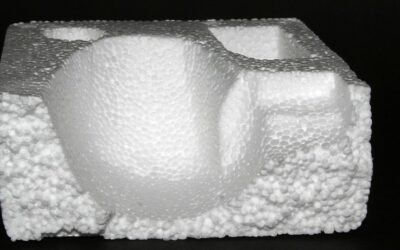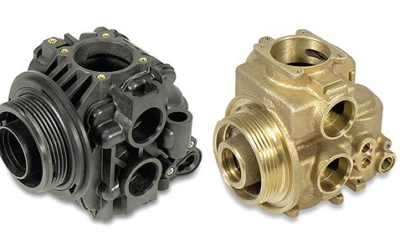The new molding process features innovative tolerance management for profiles in different dimensions
Lanxess announced that it is in the process of launching a hybrid technology with which the metal hollow profiles will be able to be functionalized in conventional injection molding machines using plastic compounds.
Through a statement, the company specified that the plastic-metal composite components have greater rigidity and resistance to torsion than previously possible.
“Hybrid hollow profile technology has progressed to such an advanced level that we have embarked on a variety of development projects with customers and have already reached the prototype stage with some of them,” said Expert Dr. Matthias Theunissen in lightweight design.
At Lanxess, potential applications for the automotive industry are considered to include automotive crossbeams, tie rods, stabilizers, and seating elements. In addition, the new lightweight technology could be used to produce ski and hiking poles and components for furniture and the construction industry.
Hybrid hollow profile technology is a further development of “traditional” metal-plastic composite technology (hybrid technology) using sheet metal. The general strength of the new technology is that processors can manufacture with short cycle times, as is typical for injection molding in high-volume production. Additionally, no ancillary units or tool technology are required, keeping investment costs low.
Mold damage prevention
Lanxess believes that reasonably priced hollow sections can be used with relatively large dimensional variations, further contributing to profitability.
“With the help of innovative tolerance management, we can prevent such profiles from damaging the mold or stopping leakage from the injection molding cavity,” Theunissen explained.
“When thin-walled hollow [metal] profiles are overmoulded with molten plastic, high pressures are produced in the cavity, often in excess of 400 to 500 bar. As a result, there is a high risk that the profiles will warp or collapse. “We have optimized the process so that the profiles resist the pressures that are produced and do not need to be supported from the inside,” he added.
30% weight savings for cab cross beams
Lanxess offers highly reinforced polyamide 6 grades, such as the easy-flow Durethan BKV60H2.0EF DUS060 for hollow profile hybrid technology, which has a short glass fiber content of 60% by weight. With their high strength and rigidity, these compounds further improve the performance of the corresponding components.
In a simulation study, Lanxess examined how the use of the compounds works well in the design of a cross beam for the car. “The component can be designed around 30% less weight than all-steel frames, while offering better mechanical performance in some respects,” Theunissen noted.
Typical load cases and component properties such as vibration behavior and stiffness of the flywheel in the direction of gravitational forces were calculated. “The component also underscores the enormous potential of the technology to implement cost-saving functional integration. For example, the connections for the A-pillar, as well as the brackets for the steering column, dash, climate control units and airbags were directly injected, ”she highlighted.




